“Hubert Damisch’s study, A Theory of /Cloud/ (1972), makes /cloud/ the sign of painting’s paradoxical combination of the ephemeral and the material. Above all, it signals the escape of painting from the dominance of perspective and its historical transformation; the problem of surface became the problem of illusion. By the use of two forward slashes, Damisch transforms /cloud / into an index or signifier, rather than a word denoting “cloud” in any descriptive or figurative sense. Enslaved to linear perspective (so Damisch argues), painting seeks another way of representing visual experience. /Cloud/, whether rendered as the absence of sky or as deceptive trompe l’oeil, poses an alternative to the linear order. It becomes a sign of all that painting has to overcome. Instead of organizing the limits of a flat surface, the illusionistic clouds of the painted baroque cupola overflow their architectural frame. Correggio, according to Damisch, was the first to construct his pictures from the point of view of a Kantian subject for whom space is a constitutive aspect of consciousness.
Damisch’s semiotic analysis of pictorial production takes the theme and texture of /cloud/ as an indexical case-study for the development of painting, making /cloud/ the defining problematic of painting from the baroque to the present day. This “pictorial” or “painterly” space – what he calls “a free and unlimited depth, considered as a luminous and aerial substance” – is opposed to a modernist emphasis on linear style, with its flatness and overlapping forms. /Cloud/ is the sign of the volume repressed by modern painting’s fixation on the flatness of the representational surface. Its semiotics challenge the insistence of twentieth-century modernism on the representation of painterly space. Clouds round out pictorial space instead of flattening it; they point to the organization of the pictorial as a dialectic of surface and depth. /Cloud/ negates solidity and shape. Nebulous and indefinite, it signals an indeterminate volume, defying the medium and restoring painting to the realm of illusion. But /cloud/ also contains the paradox of form which signifies itself.”
From: ‘Cloud Studies: The Visible Invisible’, by Mary Jacobus
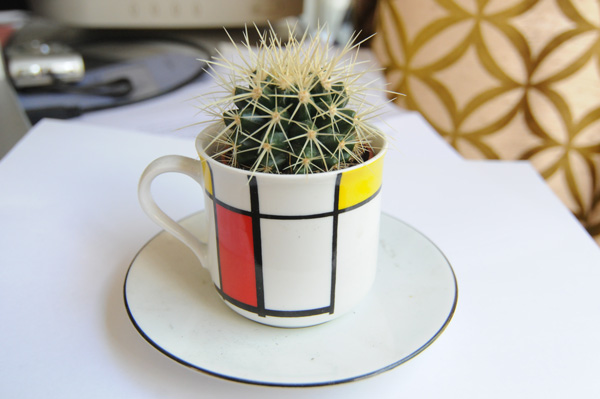
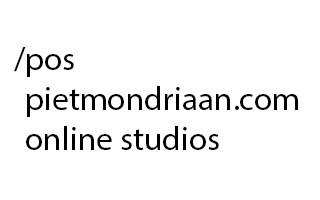
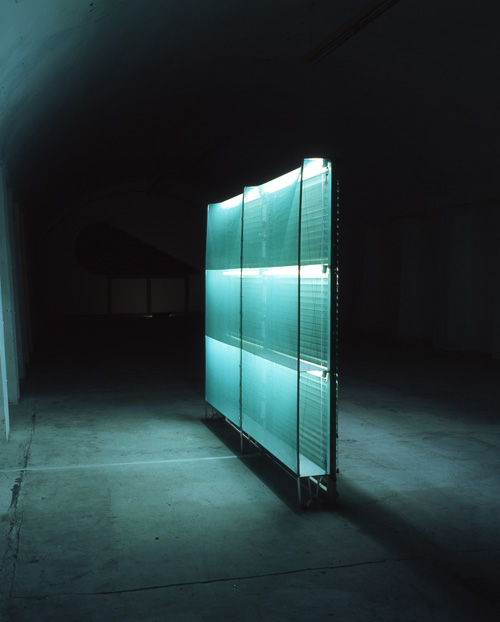
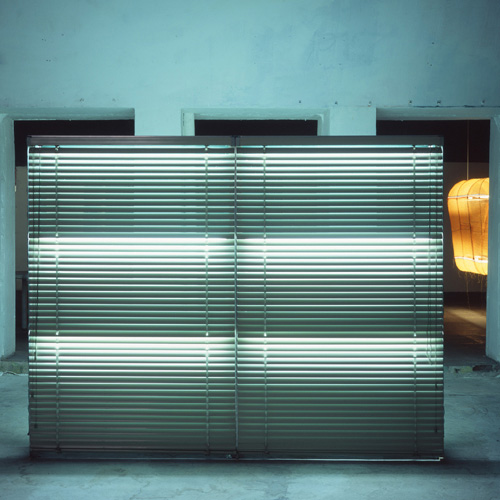
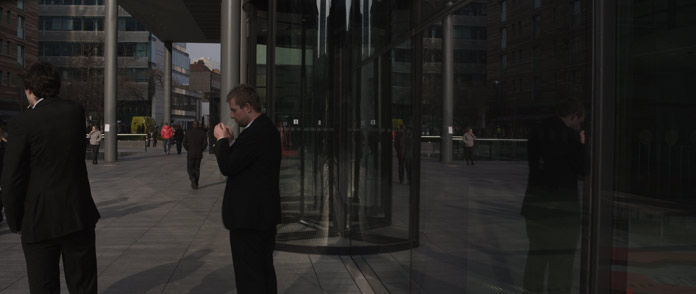
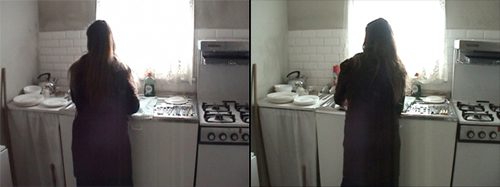
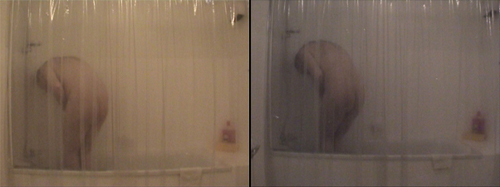
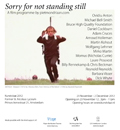
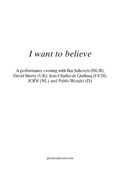
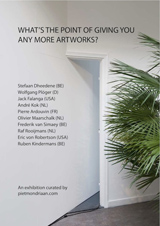
Jean-Baptiste Ganne
Jean-Baptiste Ganne, Untitled (All that Glitters is Gold) (2007)
Installation in the water tank of the roman Villa Medici, 2007.
TAILS (Effet placebo). Between radical criticism of government organisations and simple prostitution the gap can appear extremely small. Pouring the budget that is supposedly attributed to the production of an artwork out onto the ground, would be a way of lowering the legal tender (the sign of value), of spreading it about, immobilising it. Then making it both the subject and the object of the piece(s).
HEADS (Et fait place au beau). Everything will be read as a “fountain-making”. And the multiplication of figures. Of those born from the waters and money of antiquity. Make a hundred thousand Boticellian Venuses glitter under the flow of raindrops from the natural fountain that the water tank at the Villa Medici is, like a hundred thousand wishes impossible to formulate.